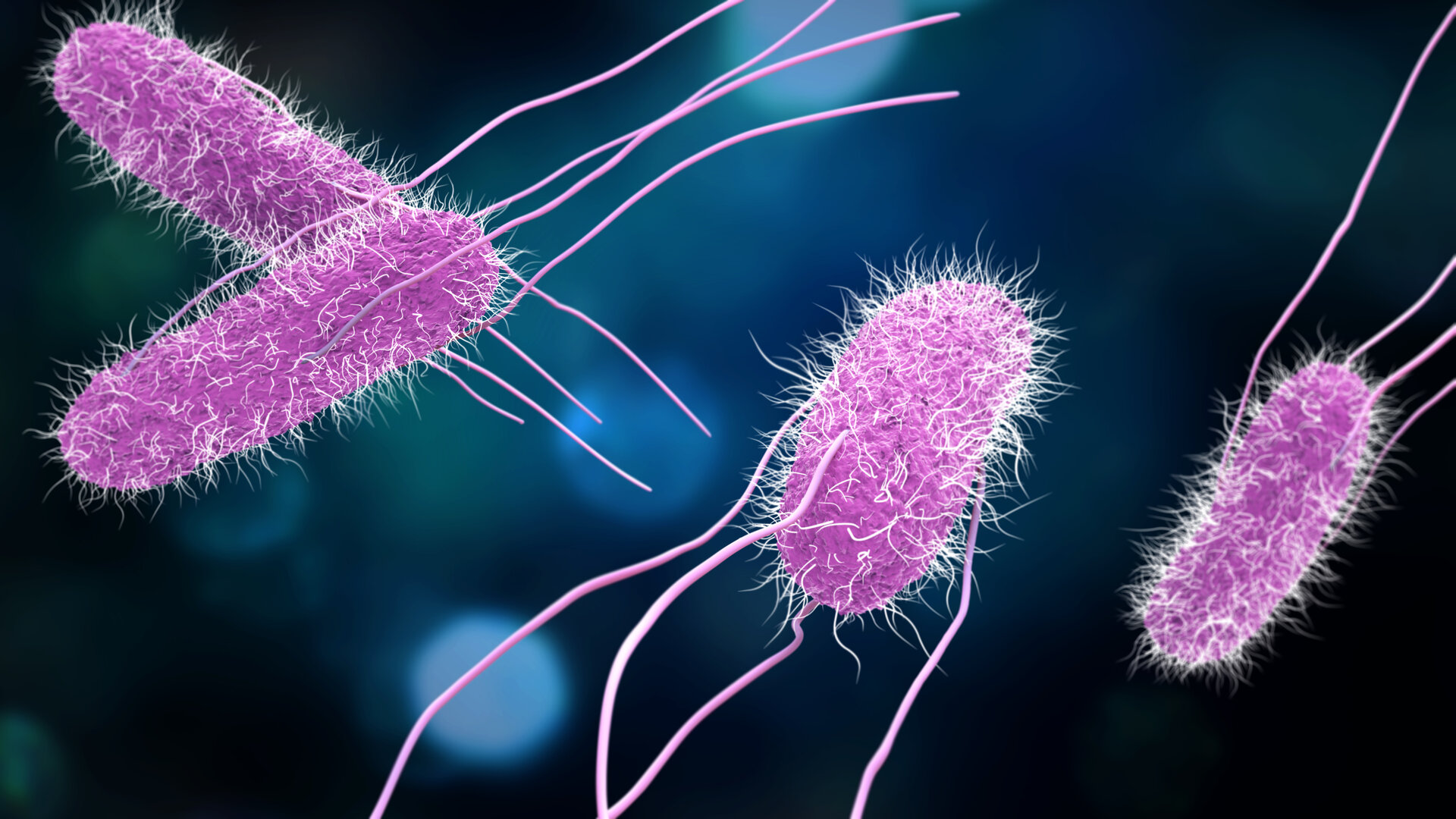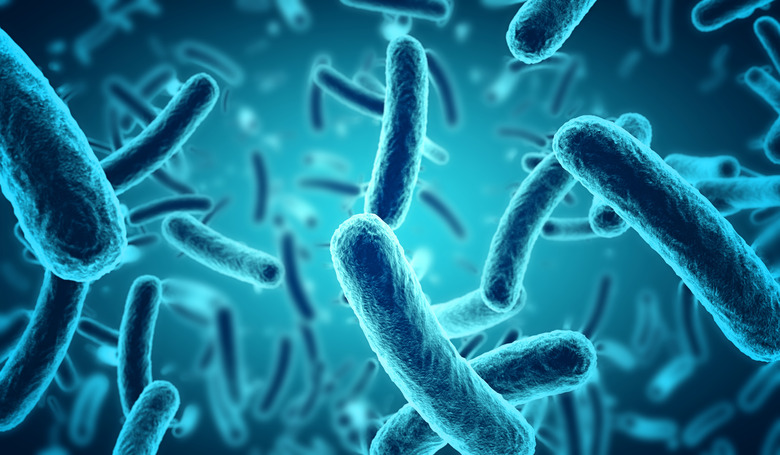Researchers Found A Bacteria That Eats Forever Chemicals And Their Toxic Waste
When you think about bacteria, your mind might jump to germs or yogurt, but have you ever thought of them as possible environmental heroes? Turns out, they might be just the allies we need to tackle a modern-day chemical villain: forever chemicals.
Forever chemicals, scientifically known as per- and polyfluoroalkyl substances (PFAS), have been around since the 1950s. They're in everything from nonstick pans to firefighting foams, and are prized for their durability and resistance to water, heat, and grease.
But it is this same toughness that makes them almost impossible to break down. These chemicals persist in soil, water, and even our bodies, causing concern over their potential health risks. That's why scientists have been racing to find solutions—and one unexpected answer is a bacteria that eats forever chemicals.

Meet Labrys portucalensis F11—or F11 for short. This tiny organism is proving to be a big deal. Researchers at the University at Buffalo discovered that F11 can munch on PFAS, breaking apart their famously strong carbon-fluorine bonds. In just 100 days, F11 metabolized over 90% of perfluorooctane sulfonic acid (PFOS), one of the most stubborn PFAS pollutants.
For perspective, most cleanup methods merely remove or trap PFAS without destroying them. F11 doesn't just trap, though. This bacteria actually eats forever chemicals, completely transforming them.
The researchers say to think of F11 as a resourceful chef in a tough environment. Living in polluted soil has allowed it to adapt to using chemical contaminants like PFAS as an energy source. The bacteria "chop" off fluorine atoms, digest the carbon, and keep going—even tackling some of the toxic byproducts left behind.
While this is a major breakthrough, it's not perfect. F11 works slowly. The bacteria takes months to eat and degrade PFAS, and it performs best when no other energy sources are competing for its attention. However, scientists are optimistic.
They're exploring ways to speed up the process, like potentially deploying F11 in wastewater plants or directly into contaminated sites. Other techniques can breakdown forever chemicals in just one night, so it will be interesting to see which one scientists continue working with.
